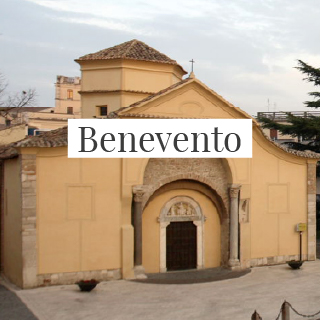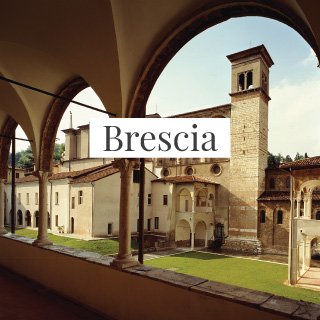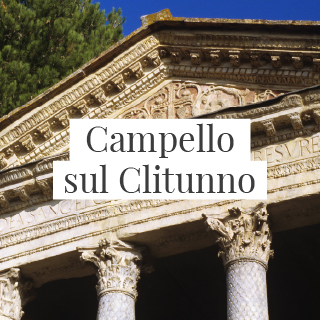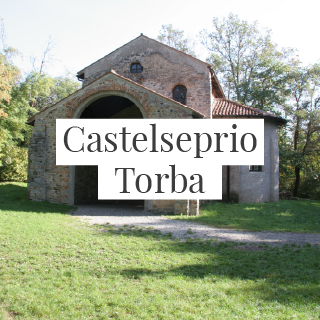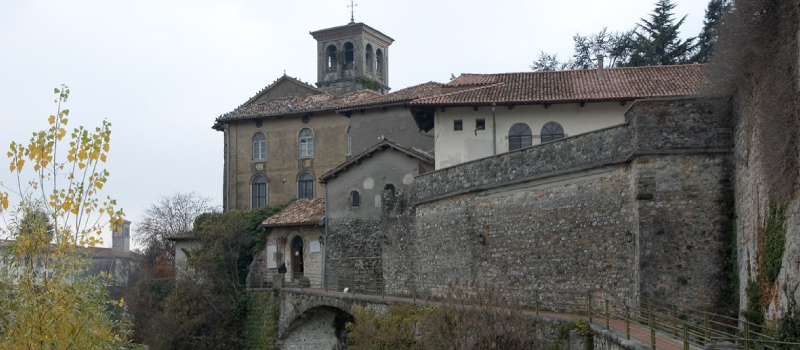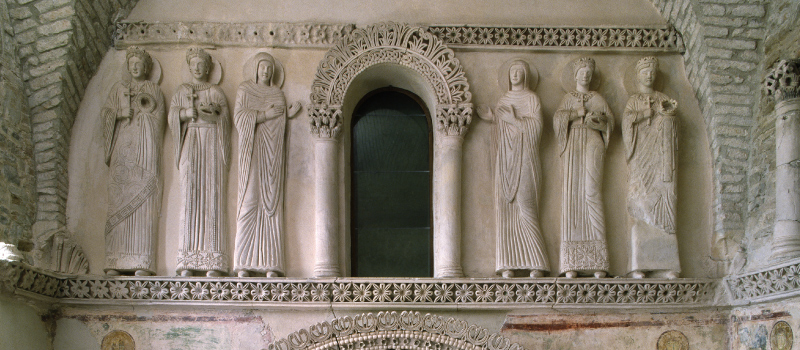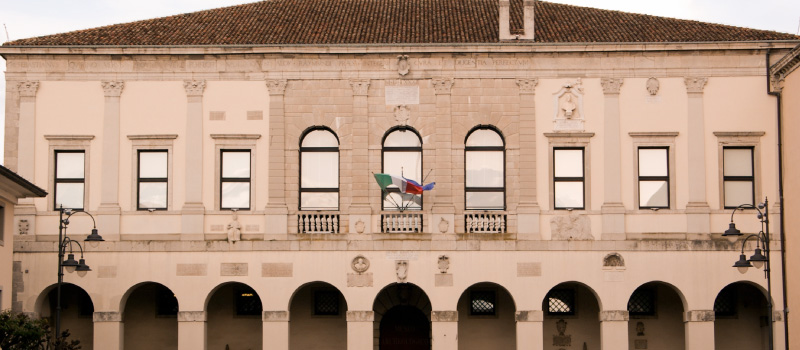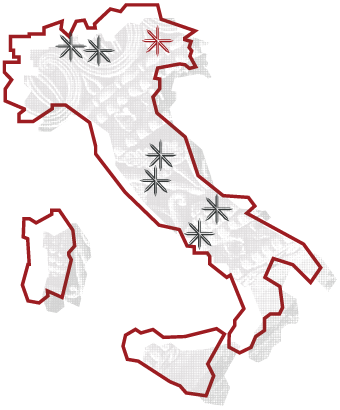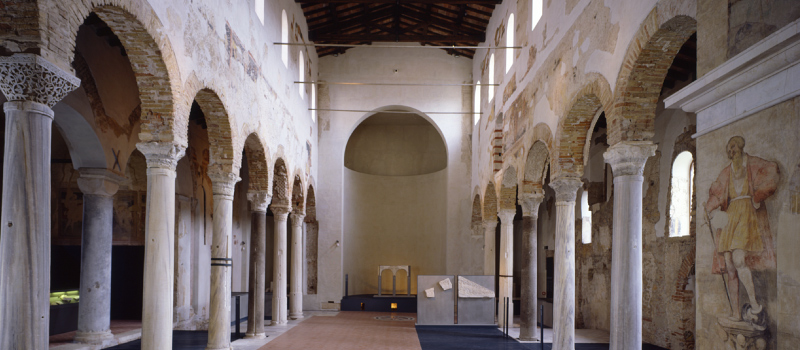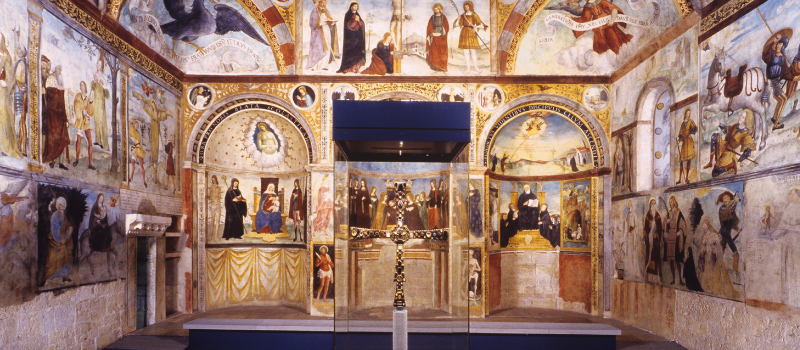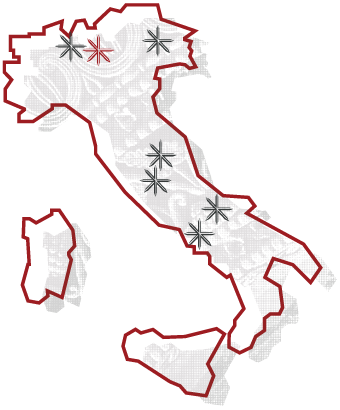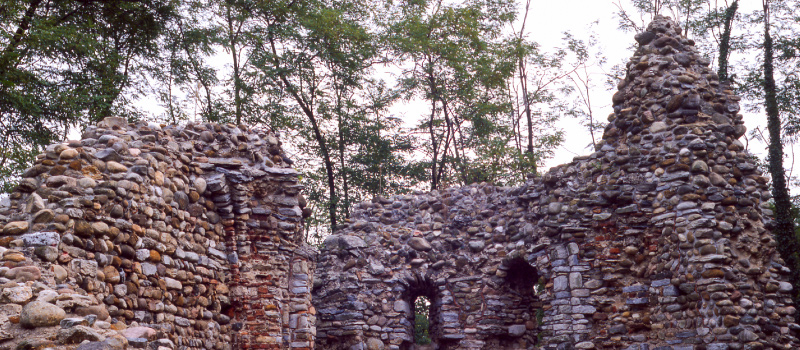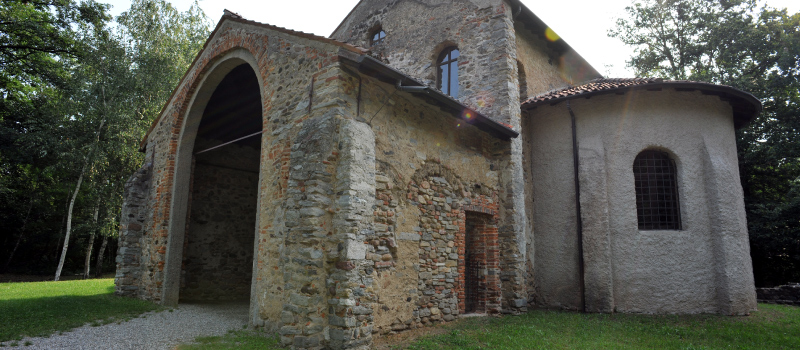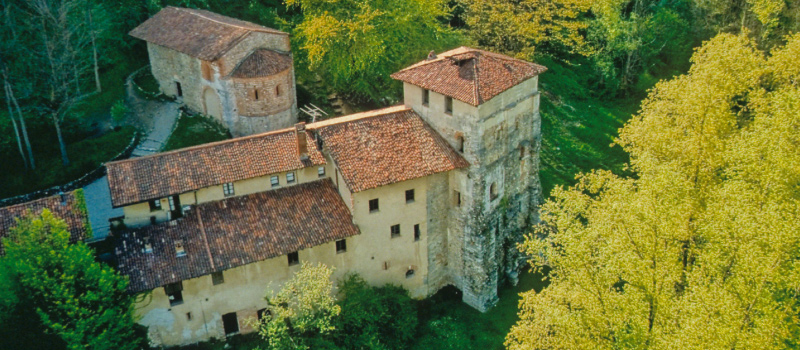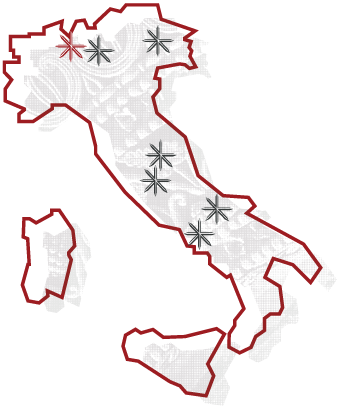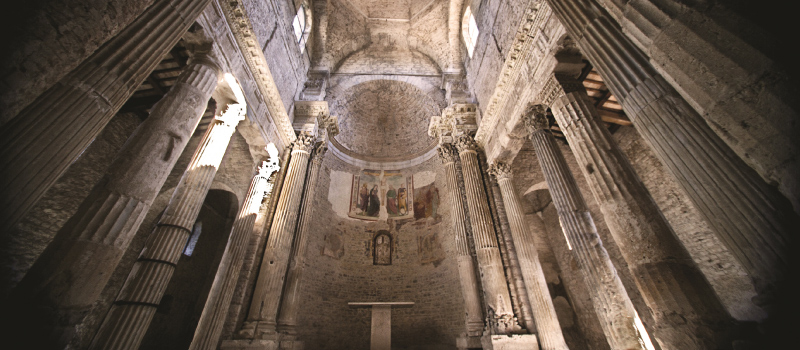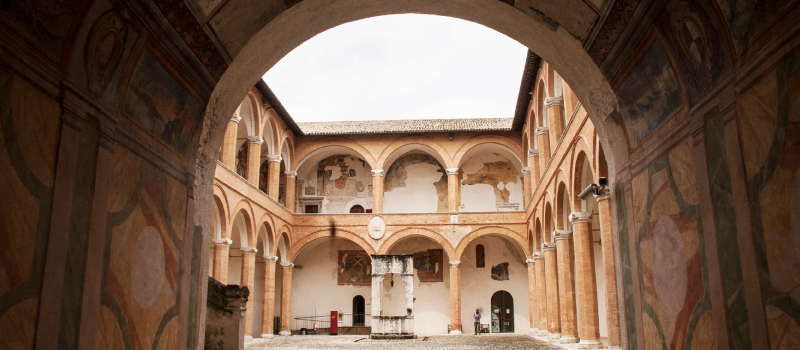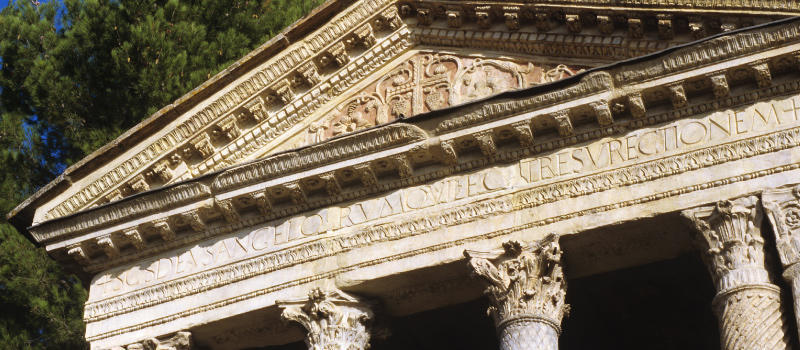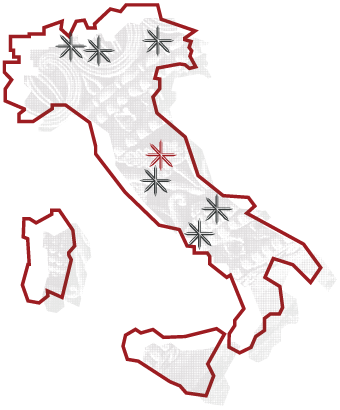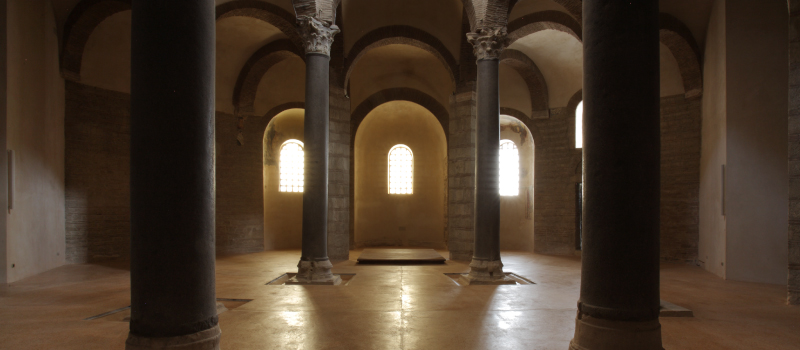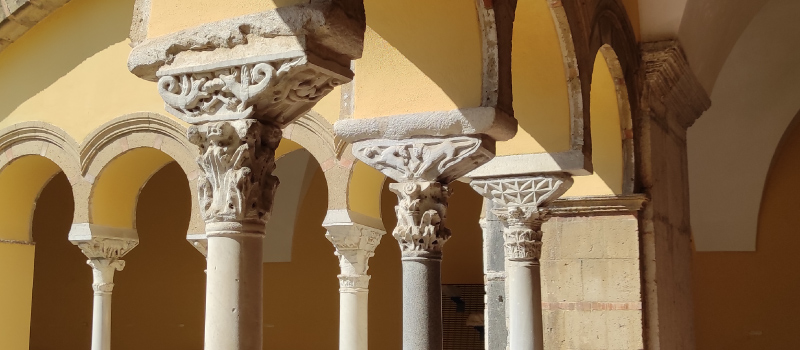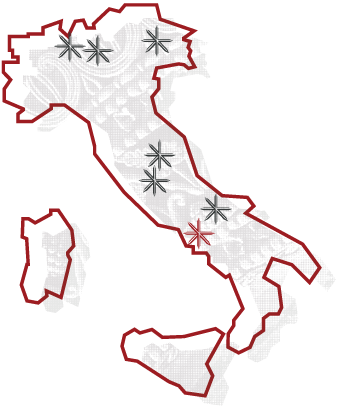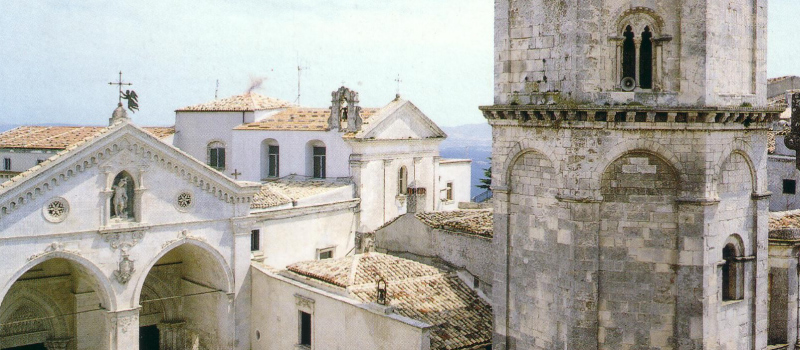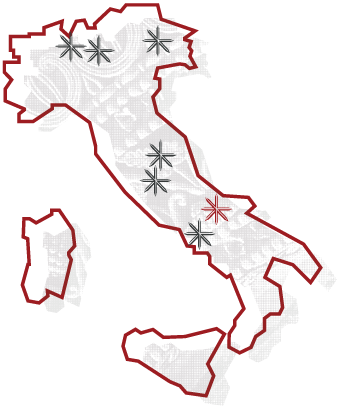Lombard Temple and Monastero
An exceptional building shrouded in mystery
The Lombard ‘Temple’ is one of the most complex and original buildings of the late Lombard period. Its exceptional decoration makes it one of the most splendid and ambitious constructions of the 8th century.
The ‘Temple‘, together with the palatine church of San Giovanni, is located near the Early Christian nucleus of Santa Maria, which became the episcopal church in Late Lombard times.
The origin of the Lombard ‘Temple’
The Lombard ‘Temple’, known also as the church of Santa Maria in Valle, lies within the monastery of the same name. It was built inside the Lombard Gastaldate in the third quarter of the 8th century as a palace chapel for the royal court, which explains its remarkably high quality. It then became a monastery church of the nuns until it became property of Cividale del Friuli Council, which opened it to the public in 1893, creating a new entrance from the River Natisone that is still in use.
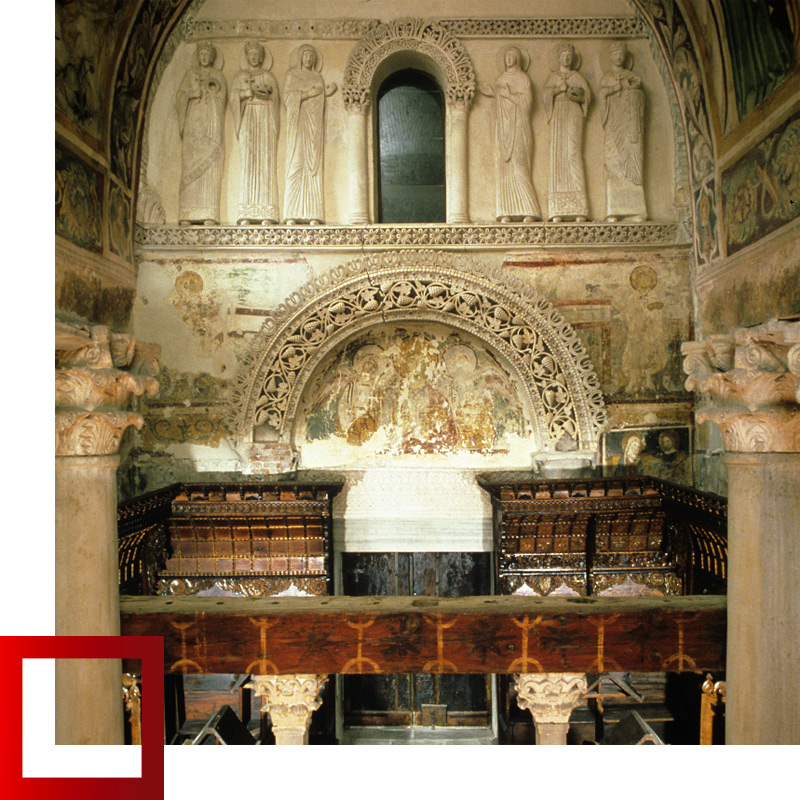
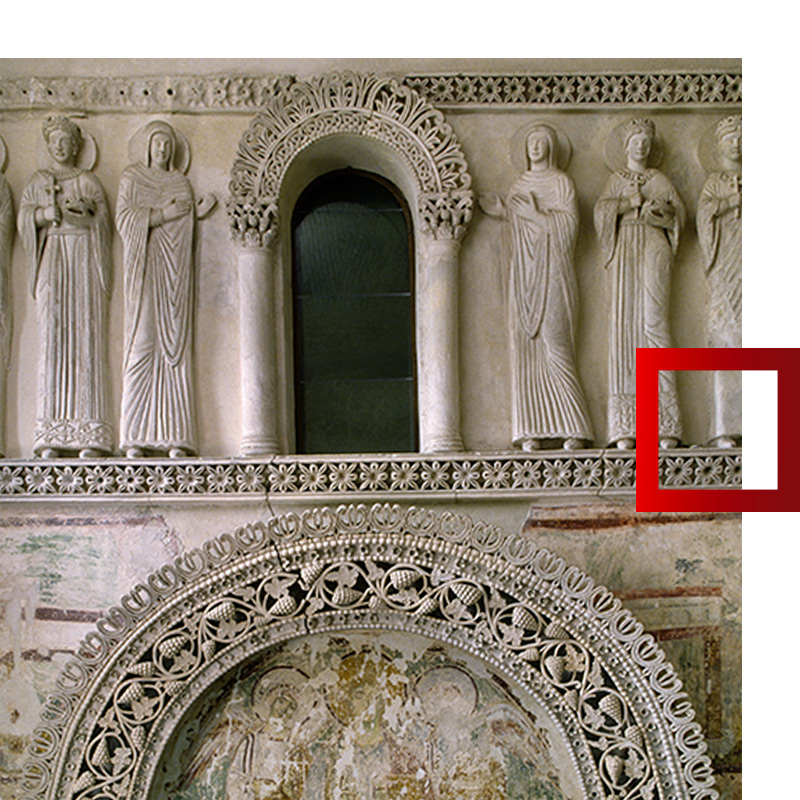
The Architecture
The ‘Tempietto’ constitutes one of the most important surviving examples of Lombard art and architecture in Italy. Externally, the building has a sober appearance with simple blind arches decorating the walls, in contrast to the still abundantly decorated interior. The church faces east and is made up of two rooms: a presbytery covered by three vaults and an almost square chamber with a cross vault. In plan the ratio between the two room is 3:5; the building is strikingly tall.
The Original appearance
The walls have a high marble base, above which ran the complex frescoed decoration of the middle section, with figures of saints on either side of the large central arch; this was embellished with a vine shoot and held up by two tall stucco capitals supported by semi-columns.
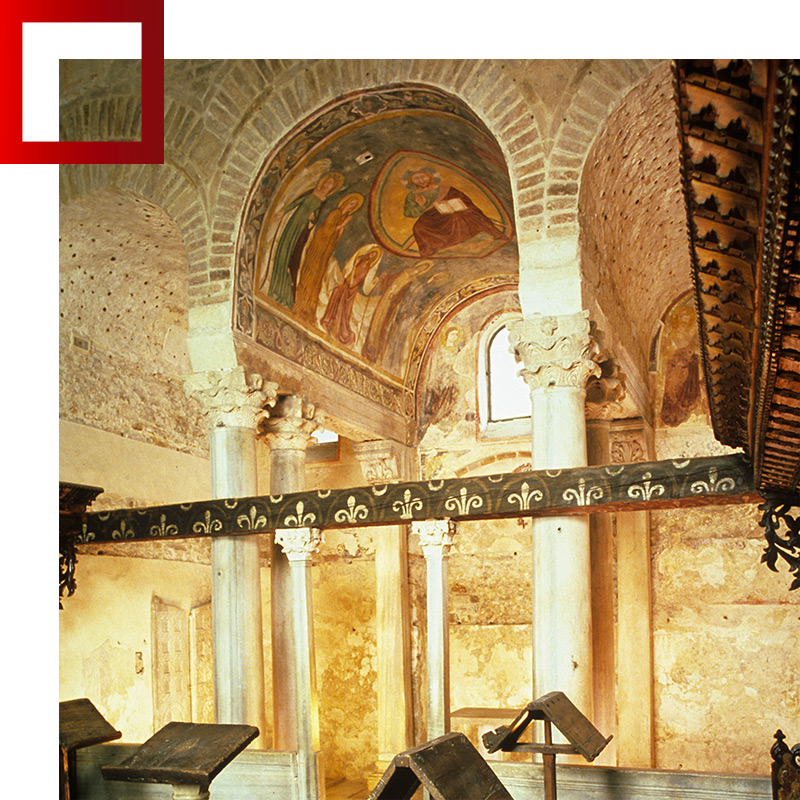
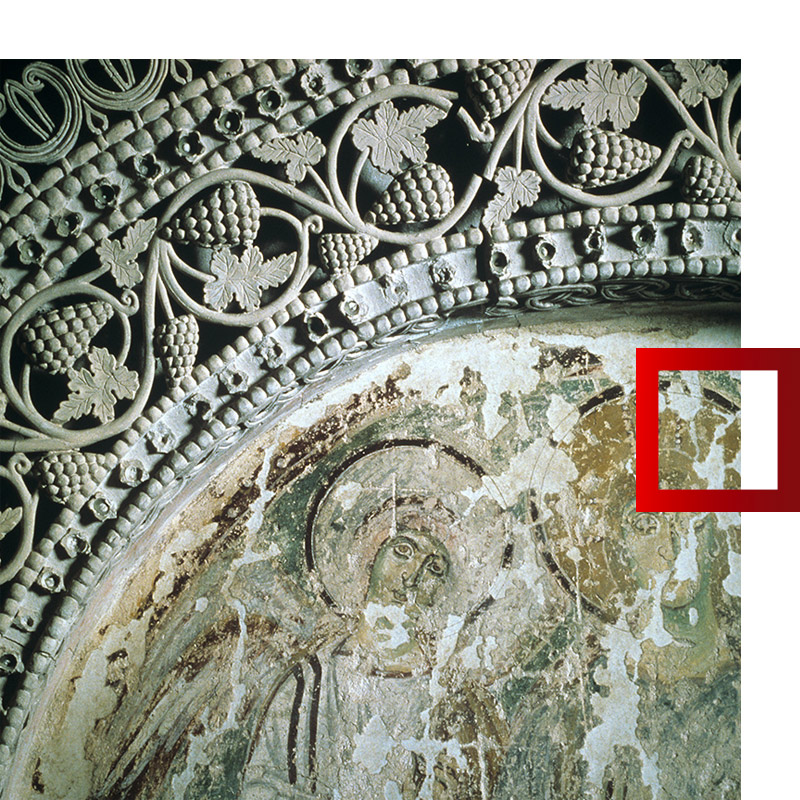
Religious images
The magnificent arches, originally polychrome and perhaps embellished by areas covered with gold leaf, contained lunettes with frescoes: the Madonna and Child between two archangels can still be seen on the south wall, and in the western wall Christ between the archangels Michael and Gabriel. Proceeding from this band onto the east wall is the dedicatory inscription, that emphasizes the high status of the royal figure who commissioned the building.
High-relief decorations
In the upper order, there are five windows bordered at the sides by small columns and an openwork arch: one in the centre of the west wall and two in both lateral walls.
On the western wall at the sides of the window there is high-relief stucco decoration that reproduces six female figures: others, now lost, would have been be symmetrically placed in groups of three between the windows in the side walls.
The figures, slightly taller than life, all have aureoles. Two at the sides of the window, seen three-quarters-on in an act of devotion, are dressed in a tunic with a raised ball covering the head; the other four, shown frontally, richly dressed and ornamented with a jewelled collar and diadem, hold a martyr’s crown and a cross in their hands.
Conservation of the decorations
The decoration of the walls was further enriched by string courses in stucco featuring floral motifs with glass ampoules inserted in the centres. On the eastern wall there would probably have been an Annunciation or a figure of Christ in Majesty. The hall retains much of the original marble floor covering in opus sectile with geometric patterns.
Later decorations
The ‘Tempietto‘, which also preserves portions of Late Medieval frescoes, houses a 14th century wooden choir in the chamber. Almost all the pictorial decorative additions later than the initial phase have been removed from the walls; some are now in the room used as the Tempietto sacristy, others in the Cathedral Christian Museum and the National Archaeological Museum.
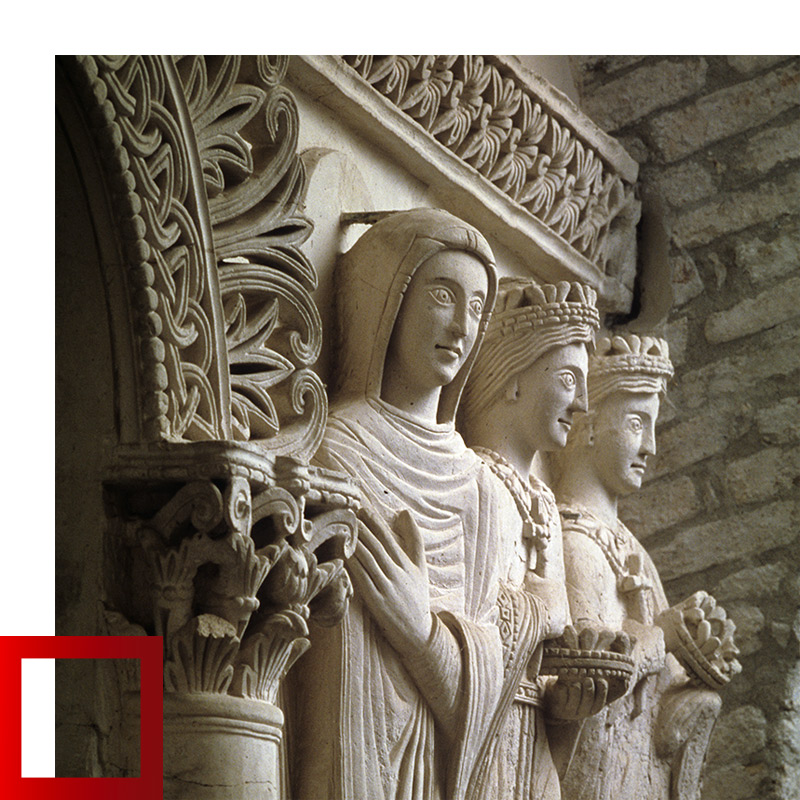
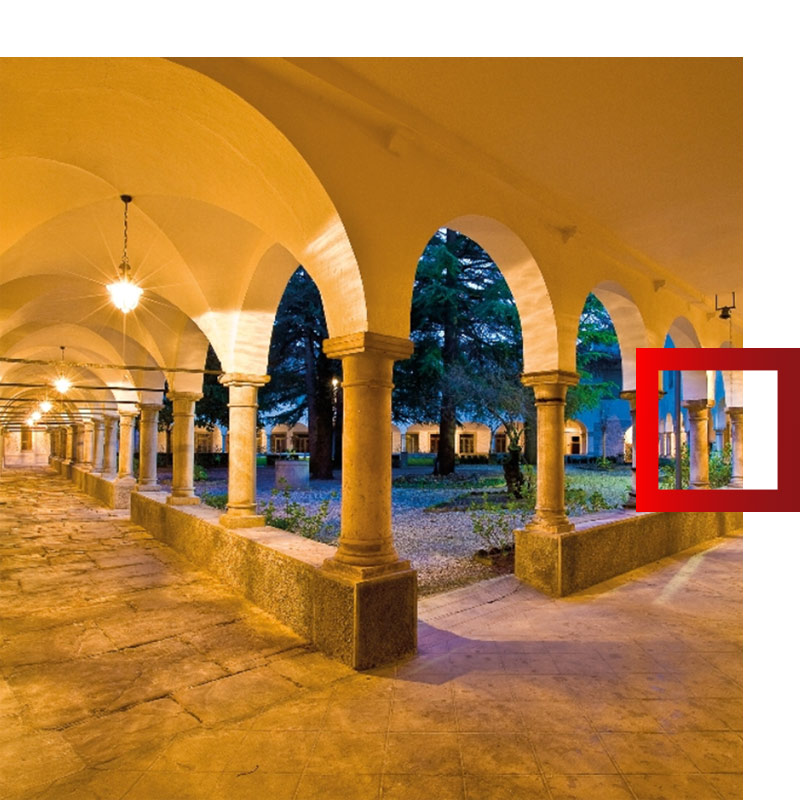
Santa Maria in Valle Monastery
The cloister has an irregular shape (almost a scalene trapezoid); the portico, frescoed by Francesco Colussi in 1795, consists of round arches with cross vaults supported by circular stone columns. The oldest walls may be seen on the south side of the building, which partly incorporate the Lombard ‘Temple’.
Thanks to the spaces and the splendid views the cloister offers, it is used to host many important events, including some Mittelfest shows and International Music Courses. This beautiful and fascinating place is beyond description – come and visit it!
Visit
Info e contatti
Tempietto Longobardo
Via Monastero Maggiore, 34, 33043 Cividale del Friuli UD
Ticket Office 432 700867
Reservation 432 710460
Mail. info@tempiettolongobardo.it
Website
VUOTO
Tickets
Full price tickets €4.00
Free for:
– children under 8 years old
– EU guides
– EU handicap and any accompanying persons
– MiC personnel
– ICOM members
– FVG CARD holders*
– leader of a school group
Reduced price for adults €3.00
– people between the ages of 18 and 25 (NOT students)
– people over 65 years of age
– groups of minimum 15 people
Reduced children € 1.50
– 8-18 years old
– Students up to 25 years old
– school groups (accompanying teacher enters for free)
Opening Times
from April 1st to September 15th
Monday – Friday
10.00 – 13.00 / 15.00 – 19.00
Saturday and Sunday 10.00 – 19.00
from September 16th to November 3rd
Monday – Friday
10.00 – 13.00 / 15.00 – 18.00
Saturday and Sunday 10.00 – 18.00
from November 4th to March 31 st
10.00 – 13.00 / 15.00 – 17.00
Saturday and Sunday 10.00 – 17.00
